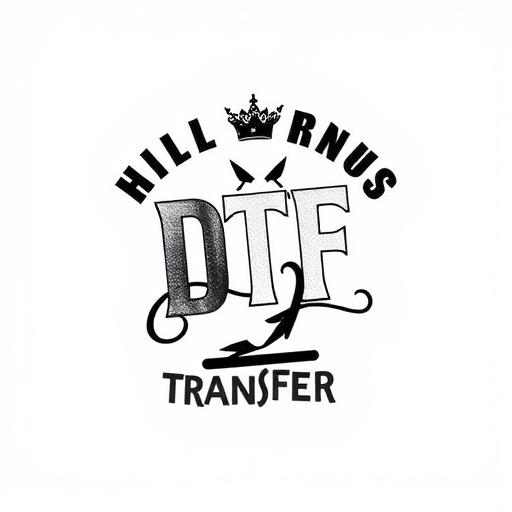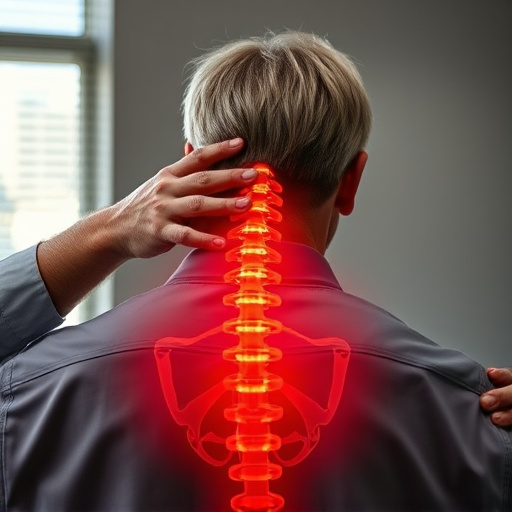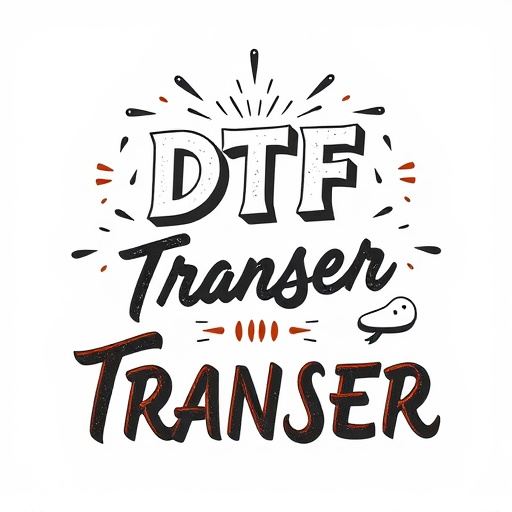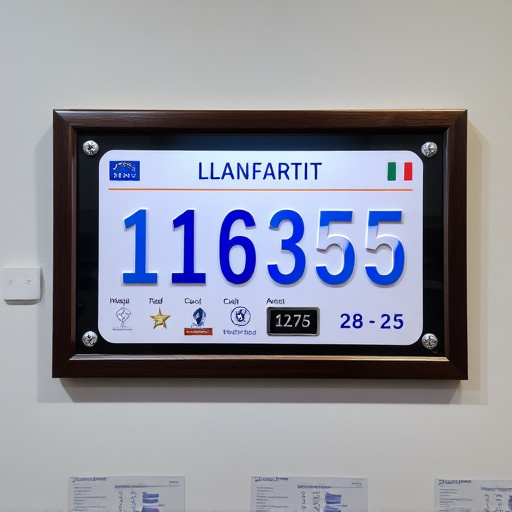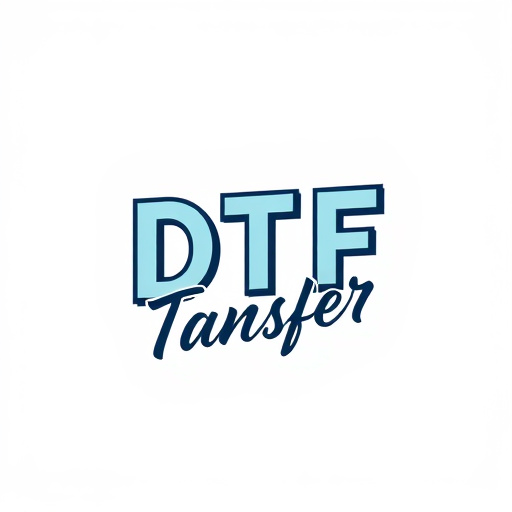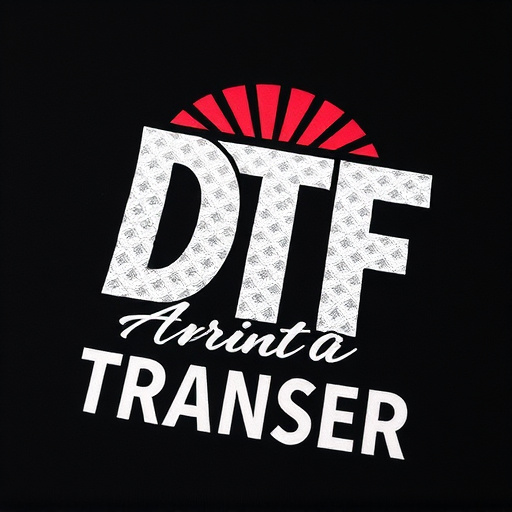Direct-to-film application revolutionizes production and treatment in industries like Jacksonville auto accident chiropractic care and workers' compensation injury treatment. This method streamlines processes, enhances durability, and reduces waste, offering tailored solutions for neck supports under the PIP insurance 14-day rule. When selecting fabrics or surfaces, consider adhesion properties, texture for grip, and compliance with insurance regulations. St Johns Town Center injury clinics exemplify best practices by preparing surfaces thoroughly and choosing materials backed by research for optimal patient comfort and recovery from neck and back pain. The PIP insurance 14-day rule significantly influences material selection to meet strict time requirements in workers compensation cases.
In the realm of healthcare and wellness, especially for Jacksonville auto accident victims seeking neck and back pain relief, direct-to-film application technologies have emerged as game-changers. This innovative approach offers swift whiplash treatment solutions, streamlining processes for St Johns Town Center injury clinics and other healthcare settings. Understanding the optimal fabrics and surfaces for this method is crucial, particularly when considering materials safe under workers compensation injury care guidelines. The article delves into the benefits, challenges, and material choices, including the PIP insurance 14-day rule time sensitivity, to ensure effective healing environments.
- Understanding Direct-to-Film Application: Benefits and Basics
- Choosing the Right Fabric for Optimal Adhesion and Durability
- Surfaces Preparation: Key Factors for Successful Film Bonding
- Material Considerations for Health and Safety in Auto Accident Chiropractor Settings
- Exploring Fabric and Surface Options for St Johns Town Center Injury Clinics
- PIP Insurance 14-Day Rule: Time Sensitivity and Material Selection Implications
Understanding Direct-to-Film Application: Benefits and Basics
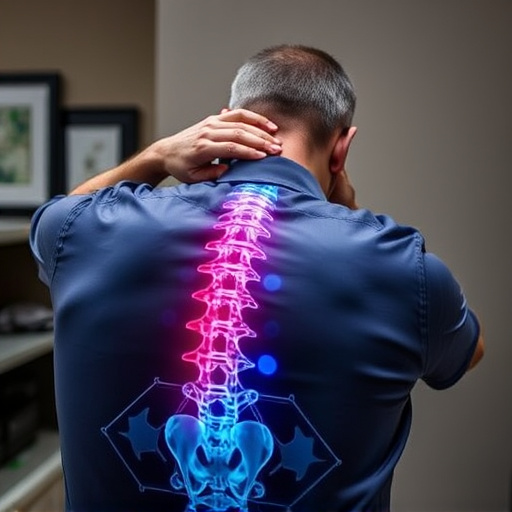
Direct-to-film application is a cutting-edge technique that’s transforming the way we think about fabric and surface treatments. This innovative process involves applying coatings, inks, or adhesives directly to a substrate without any intermediate steps or pre-treatment requirements. The benefits are numerous, especially in industries like auto accident care and workers’ compensation injury treatment. For instance, at St Johns Town Center injury clinics, direct application can expedite the repair process for car crashes, potentially offering Jacksonville’s whiplash treatment specialists more efficient tools to alleviate neck and back pain relief.
In essence, this technology streamlines production, reduces waste, and enhances durability. In terms of fabrics and surfaces, it’s particularly advantageous for materials that require high-performance coatings or precise printing. For example, a PIP insurance 14-day rule specialist might leverage direct-to-film to create customized neck supports or back braces tailored to individual patient needs, ensuring optimal healing and comfort. This method also finds applications in various other industries, demonstrating its versatility and potential to revolutionize product development and care solutions.
Choosing the Right Fabric for Optimal Adhesion and Durability

When selecting a fabric for direct-to-film application, it’s crucial to consider its adhesion properties and durability. The right fabric ensures that the film adheres seamlessly, creating a long-lasting finish. For optimal results, choose materials with a rough or slightly textured surface as these offer better grip for the adhesive. Smooth, flat fabrics can lead to issues like peeling or bubbles over time.
In Florida, where a Jacksonville auto accident chiropractor might treat whiplash victims, or at St Johns Town Center injury clinic, providing effective neck and back pain relief is essential. Similarly, workers compensation injury care facilities need durable film applications that withstand frequent use. Understanding the 14-day rule regarding PIP insurance claims can also guide fabric selection, ensuring materials that meet specific durability standards.
Surfaces Preparation: Key Factors for Successful Film Bonding
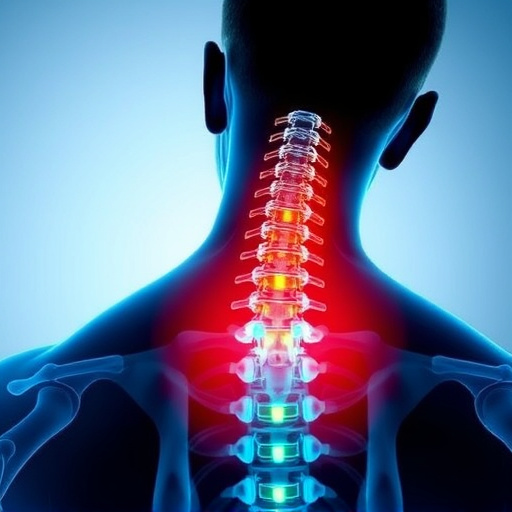
When preparing surfaces for direct-to-film application, several key factors come into play to ensure successful film bonding. The first step involves thorough cleaning and degreasing to eliminate any contaminants or oils that could hinder adhesion. This is especially crucial in industries where precision and durability are paramount, such as automotive repair and workers’ compensation injury care. For instance, a Jacksonville auto accident chiropractor might require high-quality film applications for protective gear, needing St Johns Town Center injury clinics’ expertise in ensuring surface readiness.
Proper surface preparation includes sanding to create a rough texture that allows the film to bond better. This is followed by a moisture barrier application to prevent any moisture interference, which could lead to poor adhesion or even film delamination. Given the importance of maintaining aesthetics and functionality, especially for whiplash treatment specialists dealing with neck and back pain relief, understanding these preparation steps is vital. Additionally, compliance with insurance regulations, such as the PIP insurance 14-day rule, can be facilitated by ensuring optimal surface conditions for direct-to-film applications.
Material Considerations for Health and Safety in Auto Accident Chiropractor Settings
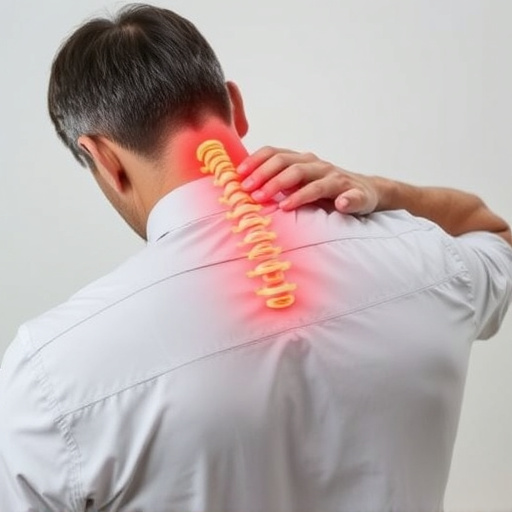
When it comes to materials used in auto accident chiropractic settings, especially in a Jacksonville auto accident chiropractor clinic like St Johns Town Center injury clinic, health and safety should be paramount. The choice of fabrics and surfaces for direct-to-film application in treatments plays a significant role in ensuring patients receive the best care possible, particularly after incidents leading to whiplash and other neck and back pain.
For a whiplash treatment specialist, selecting materials that align with the latest research is crucial. This means opting for fabrics and surfaces that provide optimal comfort and support during recovery, while adhering to insurance regulations like the PIP insurance 14-day rule. For instance, using specialized cushions or supportive pads made from breathable, anti-microbial materials can enhance patient comfort and prevent skin irritation, which is common in workers compensation injury care settings. Such considerations not only contribute to faster recovery but also ensure compliance with healthcare standards.
Exploring Fabric and Surface Options for St Johns Town Center Injury Clinics
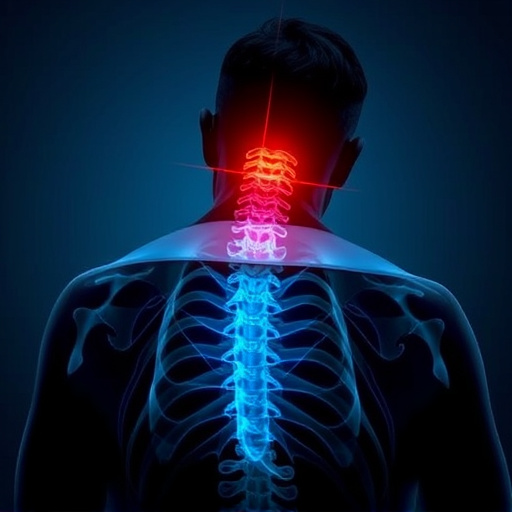
St John’s Town Center Injury Clinics are always on the lookout for innovative ways to enhance patient experience and recovery, especially when it comes to treating common issues like neck and back pain relief after a Jacksonville auto accident. One key area of focus is the selection of optimal fabrics and surfaces for direct-to-film application in their treatment rooms.
For clinics specializing in whiplash treatment and workers compensation injury care, the choice of materials can significantly impact patient comfort and recovery speed. For instance, consider the 14-day rule related to PIP insurance; efficient healing environments are crucial for patients navigating this process. Smooth, easy-to-clean surfaces with anti-microbial properties can help maintain a hygienic setting, which is essential in any injury clinic. Additionally, fabric choices should prioritize breathability and support for enhanced relaxation during treatments, ensuring patients receive the best care possible.
PIP Insurance 14-Day Rule: Time Sensitivity and Material Selection Implications

In the context of direct-to-film applications, understanding the PIP Insurance 14-Day Rule is paramount, especially for facilities like the St Johns Town Center injury clinic in Jacksonville. This rule dictates that certain types of claims, including those involving whiplash and other neck and back pain relief needs, must be initiated within 14 days of a Jacksonville auto accident. The time sensitivity of this rule has significant implications on material selection. Chiropractors and whiplash treatment specialists often need to work quickly to address injuries, which means choosing fabrics and surfaces that facilitate efficient application processes is crucial.
For optimal results in direct-to-film procedures, materials must be chosen with the 14-day deadline in mind, especially for workers compensation injury care cases. This requires a strategic approach to material selection, ensuring they are not only suitable for the specific application but also meet the stringent time requirements set by PIP insurance. Failure to adhere to this rule can lead to delays in treatment and potential complications, underscoring the importance of considering material properties that streamline the process for St Johns Town Center injury clinics and other healthcare providers.



